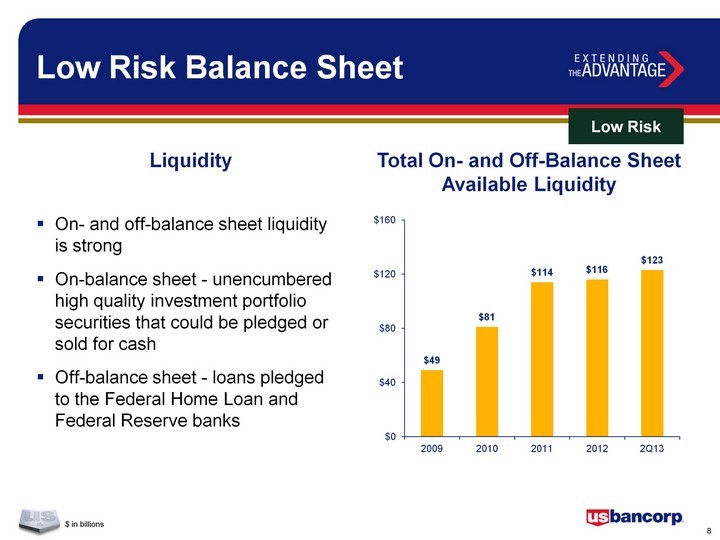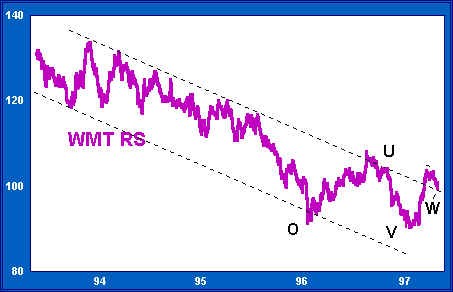Buy High And Sell Low With Relative Strength_2
Post on: 16 Март, 2015 No Comment

P/E Compared to Industry Peers Is Important Indicator
Please refer to our privacy policy for contact information.
A question that every investor must ask is when should I buy a particular stock?
The answer will vary somewhat depending on whether you are investing in a growth stock or a value stock.
Value investors look for stock trading at a price lower than it is inherently worth. They are willing to hold the stock for an extended period and reap a large profit when the market discovers this hidden gem and bids the stock price up.
Price/Earnings Ratio
Investors often turn for part of their decision-making to a close look at the stock’s price/earnings ratio or P/E.
The P/E is a measure of how much investors are willing to pay for the company’s earnings. You calculate the P/E by dividing the current stock price by its earnings per share.
It is important to note that using the P/E by itself doesn’t give you a complete (or in some cases accurate) picture of the stock’s value.
Several factors can change the P/E. First, earnings per share may not show a true picture of the company’s earnings thanks to monkeying around with the numbers.
How P/E Is Calculated
Second, P/E can be calculated using the previous four quarters of earnings or it may use projections for the next four quarters. The difference can be dramatic.
You also must remember that various economic and market factors can raise or lower the price of the stock.
Given all that, the P/E is still helpful as part of the process of deciding whether to buy a stock.
A stock’s P/E tells you what other investors are willing to spend for the company’s earnings. For example, a P/E of 15 says investors are willing to spend $15 for every $1 of earnings.
A high P/E says that investors expect the stock to be a strong performer and are willing to pay a premium. A low P/E says the market has less confidence in the company’s long-term potential.

A low P/E may indicate investors sense trouble ahead for the company. It also may indicate that other investors have overlooked this stock and are not placing the correct value on it.
The Right P/E
But, what is high and what is low for a P/E?
The P/E becomes more meaningful when it is compared to a benchmark. In most cases, you will want to see how other companies in the same industry rank.
If other companies in the same industry, are reporting P/Es in the low 20s, but the company you are considering has a P/E of 10, you need to find out why.
This may be a buying opportunity if you don’t uncover problems.
A stock with a P/E higher than its peers may be overpriced.
So, the answer to the question of when to buy a stock (in particular, a value stock) is when the P/E is lower than its peers and you can find no significant problems with the company.














